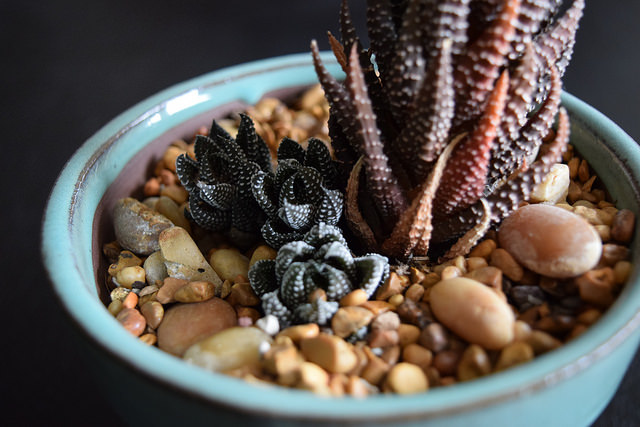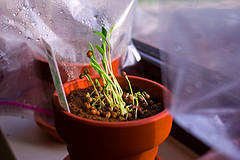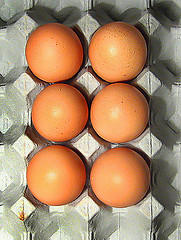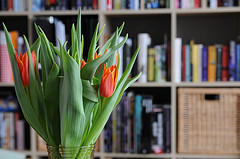Going organic doesn’t end at the grocery store. In fact, there are a number of different ways that you can incorporate organic elements throughout your entire home. Here are just a few great ways to add a natural touch to the decor in your living space.
- Create a nature-inspired vignette. If you admire something beautiful on your morning walk, such as a unique branch or a particularly interesting stone, add it to a stack of books on a tabletop to create a flawless vignette.
- Create stone hot pads. Glue smooth, flat stones to the surface of simple kitchen hot pads to keep your countertops protected from hot pots and pans.
- Choose natural rugs. Soft, organic materials like jute and hemp look beautiful when woven into a rug, and they’re much friendlier on the environment than synthetic versions.
- Create organic centerpieces. The next time you host a dinner party, fill a ceramic vase with foraged tree branches or add pine cones to a clear bowl for a unique centerpiece inspired by the outdoors.
- Change up your drapes. One of the simplest ways to bring the outdoors in is by allowing as much natural light as possible into your home. Switch out heavy drapes with soft, sheer panels to maximize the light.
Decorating with Natural Elements [Better Homes & Gardens]
10 Simple Ways to Bring the Outdoors Inside [Freshome]
Decorating with Natural Elements from Natural Kitchen and Home [Pinterest]










 Equal Housing Opportunity
Equal Housing Opportunity